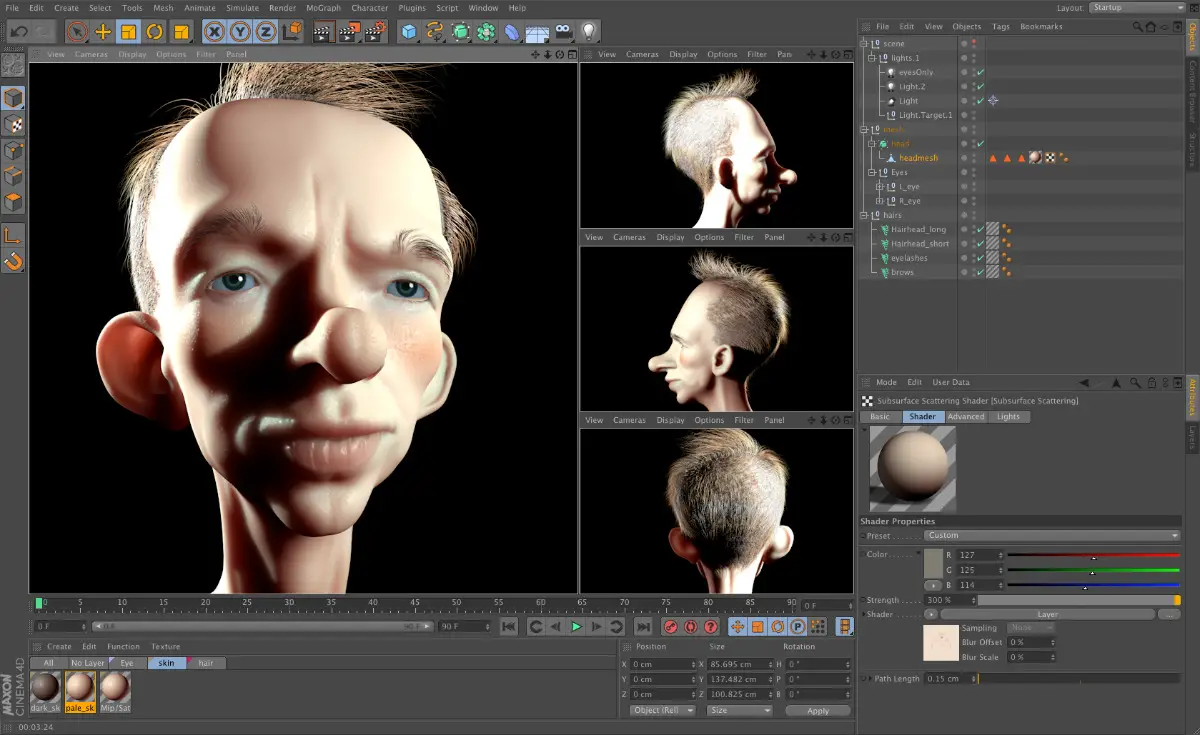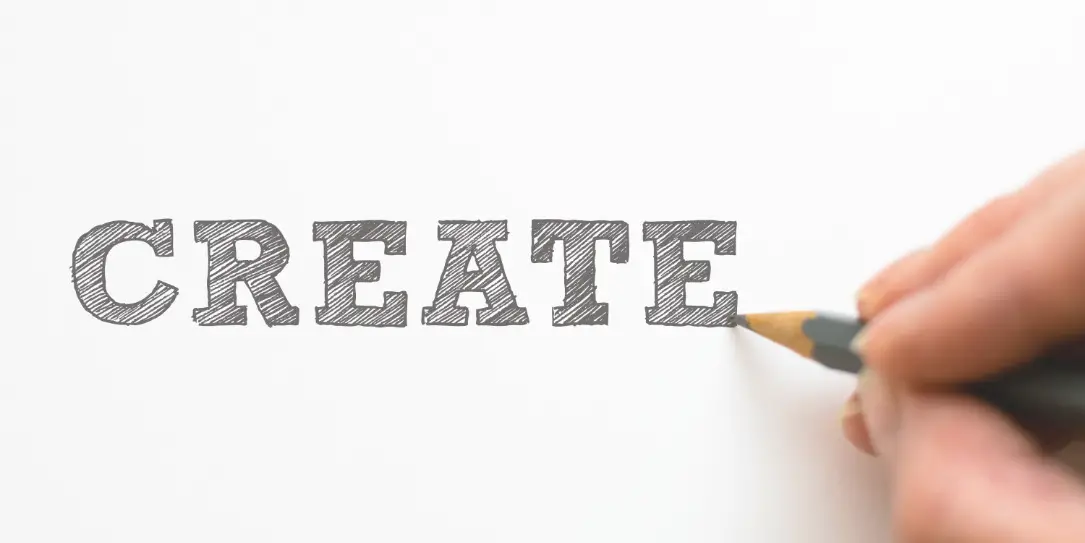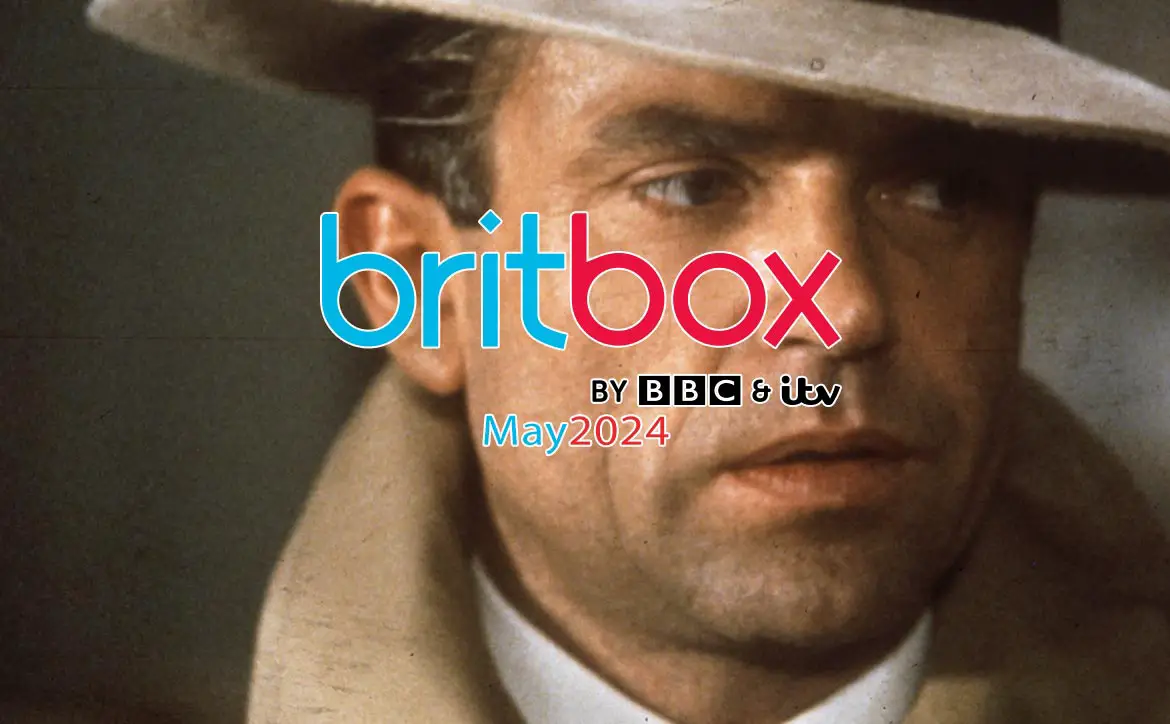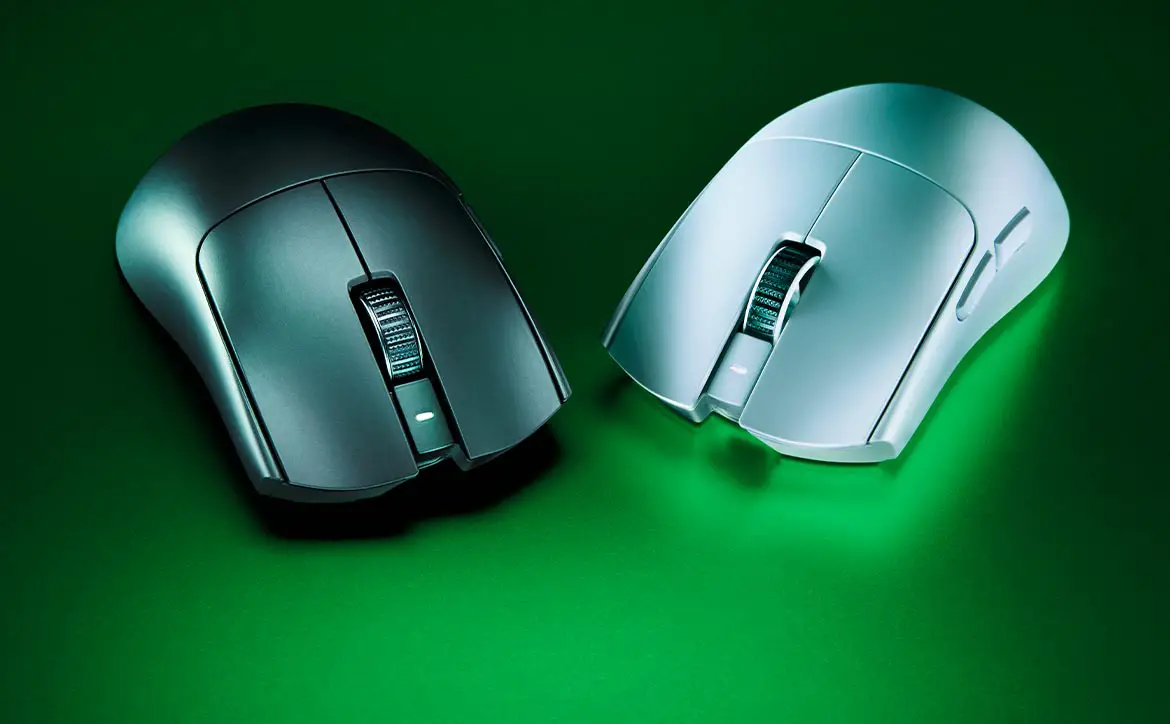You may have noticed that art is incorporating more and more technology lately. The truth is, technology and artistic expression have shaped each other for centuries. And there are no signs of it slowing down.
Think of the cavemen. They used stones as tools, but they also used them to create cave paintings and art. At the time, stones were the most advanced technology they had available to them.
It continued throughout history in every century that followed. When you think of Leonardo da Vinci, the first thing that might pop into your mind is the “Mona Lisa” or “Last Supper.” But he was also a professional in mathematics, civil and mechanical engineering, psychics and more. He’s an ideal example of the overlapping of art and innovation.
Tech innovation continues to take art to new levels every day. Technology in art can bend your perceptions of reality, aesthetics and logic. It provides an open book for artistic expression.
Something like Yuri Suzuki’s “Pyramidi” takes reality and reconstructs it through art. “Pyramidi” is a robotic instrument that Suzuki made through deconstructing pianos, guitars and drums and combining them together in the shape of a pyramid. This robotic creation is a new instrument of its own.
Some of Petra Cortright’s projects mirror online consumption issues. She renders her paintings in aluminum first and then makes infinite modifications to the computer file.
These are just a couple of examples of how well technology integrates into art. In fact, “integrate” may not be the best word anymore, as the two can now be inseparable. For instance, the medium of photography is technology and art in one.
You’ll find endless possibilities when combining tech and art. From animation to 3D printing to interactive works, technology is the future of art.
Artistic Ways to Use Modern Tech Gadgets
Developing technology is a process, so you’ll see the gadgets on this list at various levels in art. Some more so than others, and some are just getting started.
1. Animation
Animation is one of the oldest forms of drawing, but computer-generated animation has origins in the 1960s. In this decade, digital computers started to become more well-known. This form of technology allowed for computer-generated animation.
In this era of new technology, people thought computer-based animation would put other animators out of business. However, the two forms ended up working side by side.
Ultimately, “Toy Story” became the first entirely computer-animated film in 1995. Since then, animation has taken more steps into the computer-generated imagery (CGI) region. The tiger in 2012’s “The Life of Pi” was a fully CGI creation.
From movies to television, animation takes different forms and styles — CGI, 2D, 3D and more. Each form provides a different specialty for animators. More jobs, resources and time are available for animators in the present day.
2. Printing
In recent years, you may have noticed 3D printing taking off with full momentum. This is because of its versatility and potential. 3D printing can work for a range of people, from architects who need scale models to prop departments on movie sets. Marvel’s “Avengers: Age of Ultron” utilized 3D printing for costume pieces.
This form of printing has many different production designs. Most involve heating plastics, thermoplastics or powders to a point of liquidation. Many then use a laser or other powerful light source to trace patterns on layer upon layer of the resin, slowly making the object. This process can be slow, and experts are working on more rapid prototyping systems. However, 3D printers are not the only new form of printing.
Printers are getting innovative updates, too. With high-density capacities and opacities, some printers are leading the way with high-quality production. 3D printing isn’t just for tools or supplies, though. Many people create other forms of art with it, like ceramic pieces, sculptures or even a recreation of The Monumental Arch of Palmyra.
With these groundbreaking forms of printing, you’ll find ways to create and produce your highest-quality art.

3. Computer Programs and the Internet
A 3D print comes from a 3D model. Computer programs that offer things like 3D modeling, Photoshop or Illustrator have helped artists see their artistic projects to fruition.
These programs offer new perspectives for artists that wouldn’t be readily available without technology.
Similarly, the internet provides a platform for artists to share their work across cities, countries and continents. This groundbreaking resource lets people connect and bond over interests and projects.
For example, in 1996, Olia Lialina published an internet browser-based art installation called “My Boyfriend Came Back from the War.” This story unfolds as users click on each link in the piece.
Think of how much art wouldn’t be around without computers or the internet. It’s hard to imagine. Without these resources, artists would not be able to create or share their work.
4. Interactive Art
Lialina’s piece is an example of a cross between internet art and interactive art. Interactive art allows visitors to experience the piece for themselves. This is possible with “analog” installations, but technology has added a new perspective.
Something like Random International’s “Rain Room” shows the power of technology in interactive art. This project involved using real-time analytics to track visitors’ movements. Based on their actions, they could experience a rain shower, falling water and more, all without getting a drop on them.
With interactive art, visitors become performers.
5. Augmented Reality (AR)
Perhaps a branch of interactive art, AR also lets visitors or users become participants. AR allows users to experience a real-life environment where everyday objects or things come to life.
For example, Amir Baradaran created a project called “Frenchising Mona Lisa.” Using AR on an app, users can see the “Mona Lisa” come to life as she wraps a French flag around her head as if it were a Hijab.
You’ll find a wide variety of AR projects. Some help to make a statement, like Baradaran’s, and some help transport users into a new world and beyond.
What the Future Holds for Tech and Art
Art always has an impact. It can elicit simple appreciation or cause that gut-wrenching feeling when you personally relate to something. The direction tech and art are going together will no doubt bring more of those feelings.
It seems that AR and virtual reality (VR) are becoming more and more popular. These methods combine sensory abilities and take people to new realities they never thought possible.
Art expands your perception of beliefs, of science, of the mundane, of reality and more. As technology continues to evolve, the possibilities for art remain practically infinite.
What do you think of these five artistic applications for hi-tech gadgets? Let us know in the comments below or on Twitter, Facebook, or MeWe.
Last Updated on February 3, 2021.










